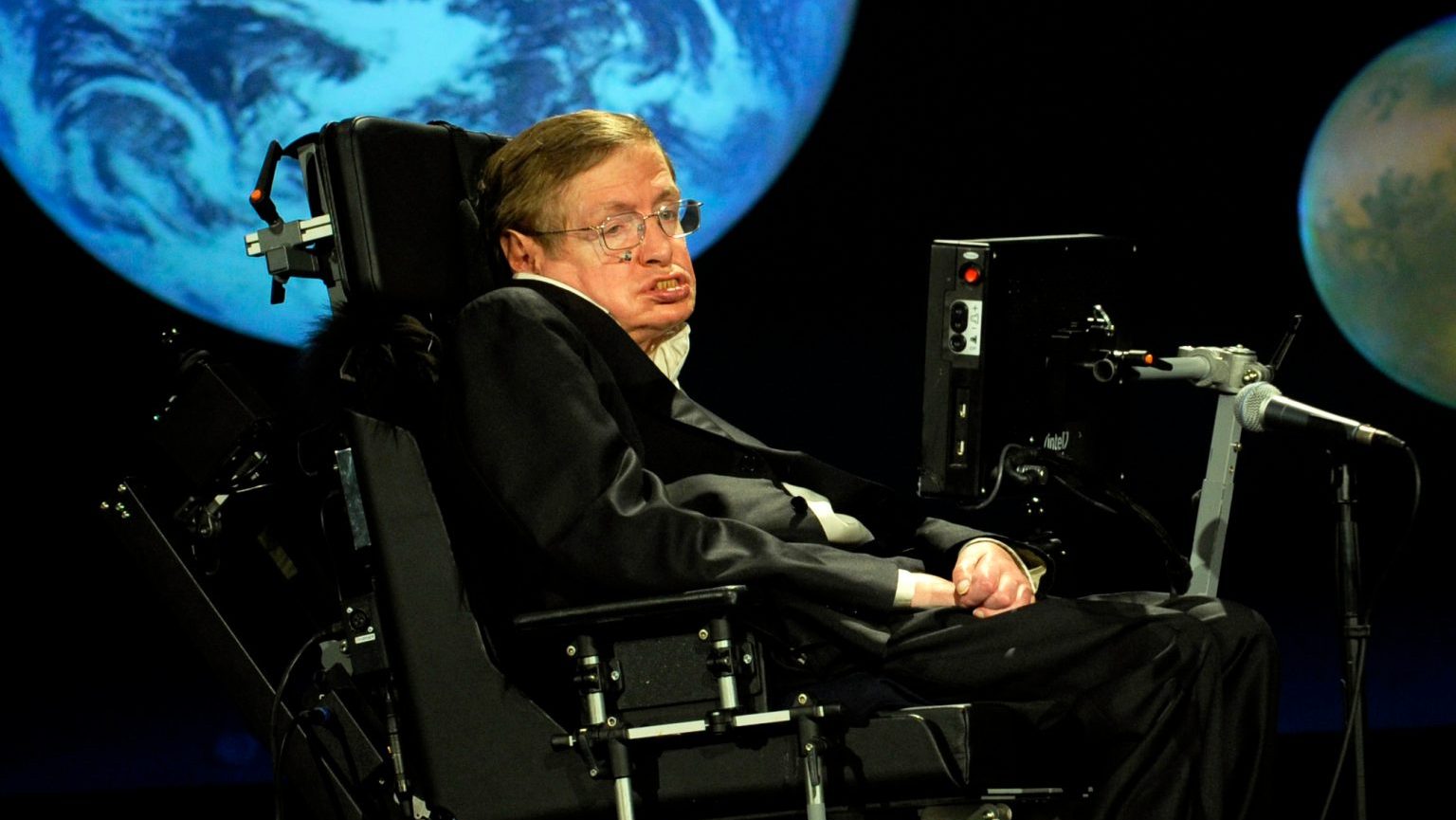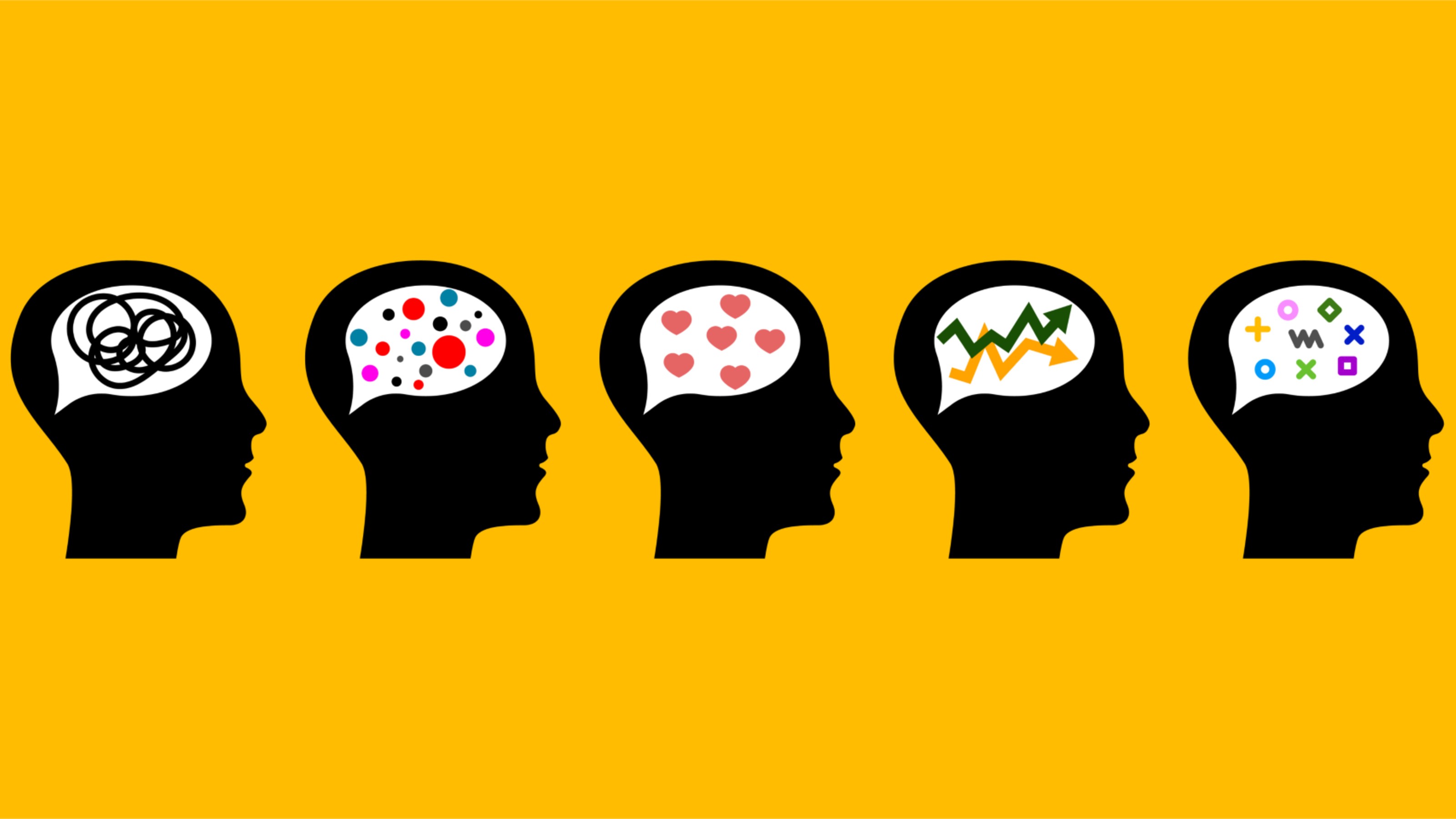Oliver Sacks talks about his interest in studies of sensory perception.
Question: What is the biggest topic in Neurology today?Oliver Sacks: How the mind works, its relation to the brain, in particular in the sort of higher reaches of imagination and thinking and creativity. Ones which particularly interest me have to do with perception, with visual perception and hearing and smelling.
The two Columbia University scientists [Richard Axel and Linda B. Buck] got a Nobel Prize 3 or 4 years ago for studies on olfaction, sort of the nose has become rather important.
But there are also cutting edge studies on memory and also partly on people’s motives and decisions sometimes, when they gamble or play games. And sample games or decisions are given to people and the brains are, while they’re lying and what’s called a functional MRI. So we can partly now visualize the parts of the brain which become active when people make a decision, take a risk, balance things. So this sort of work is very central at Columbia and elsewhere.
Question: Can you elaborate on your project related to vision and the brain? Oliver Sacks: Very much so. I’ve always been interested in vision, and even in my first book, Migraine, about a third of the book is devoted to the visual phenomena of migraine. One can see zigzags which expand all sorts of interesting visual migraines.
Maybe this is partly a personal thing, but as I have had visual migraines, though no headaches, all my life, and many people in my family had them. In fact, this is quite common.
But I want to write about visual hallucinations. This interests me, as, in my previous book [Musicophilia: Tales of Music and the Brain], I wrote about musical hallucinations and especially the musical hallucinations which may go with deafness. If people become somewhat deaf, they get less order to input, less this coming in from the outside, then the brain may start to generate sounds, and particularly the sound of music from the inside. And it’s similar, there’s people who have impaired vision.
These hallucinations are rather common, these visual hallucinations which go with visual impairment. People can be terrified of them because seeing things, hearing things, they think a hallucination as a sign of insanity. But there are all sort of benign hallucinations; and so they don’t mention them. But, in fact, there are hundreds of thousands of people who have such hallucinations.
I will add that, in a minor way, I’m one of them myself, now that I have some visual impairment. So this will be one subject.
But I also want to write about color vision and stereo vision, and all sorts of aspects of vision, about powers of visualization and visual memory. I want to write about the visual world. And, as with most of my books, these will really be a mixture of stories of patients and reflections, somewhere between a narrative and an essay.
Recorded on: Sep 4, 2008





